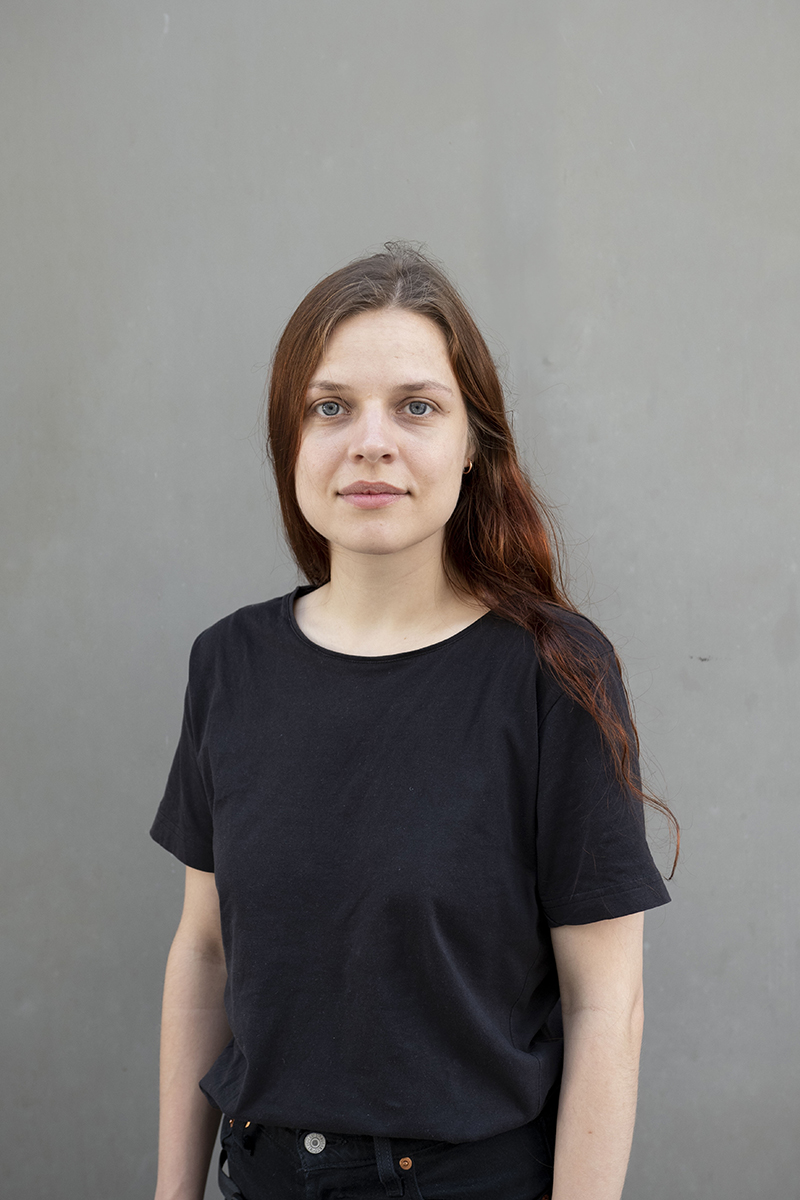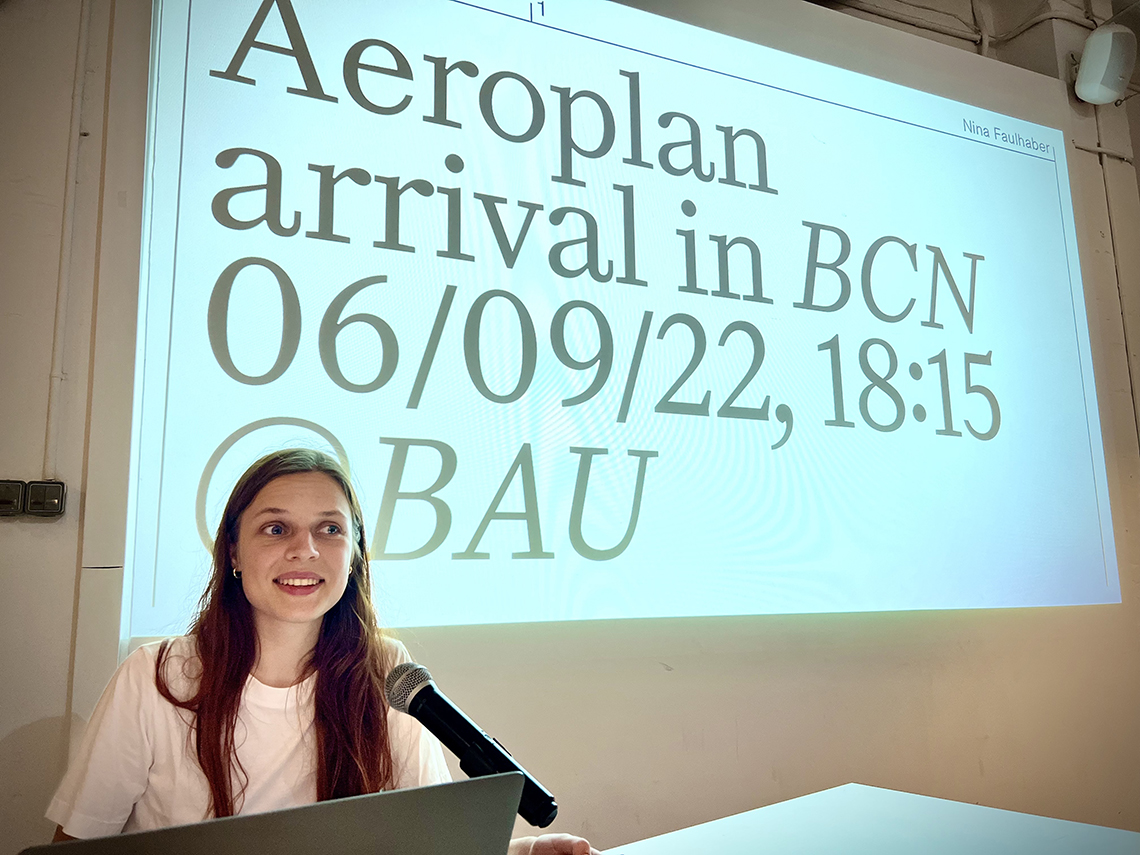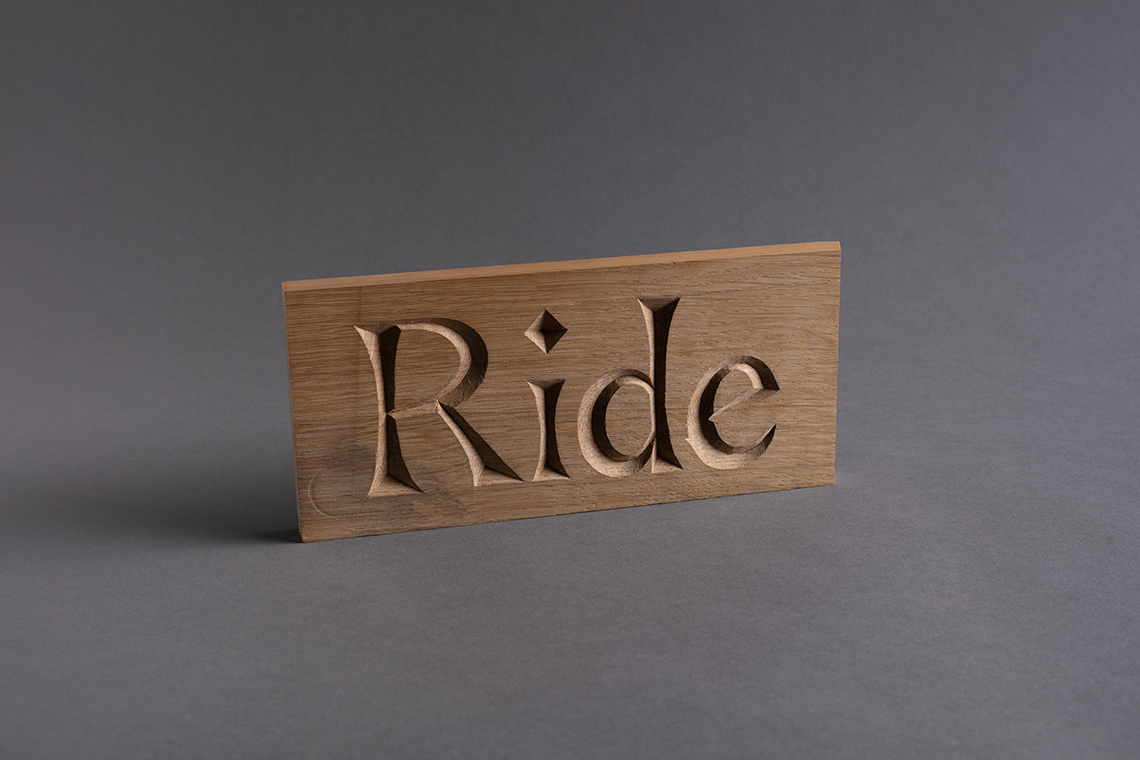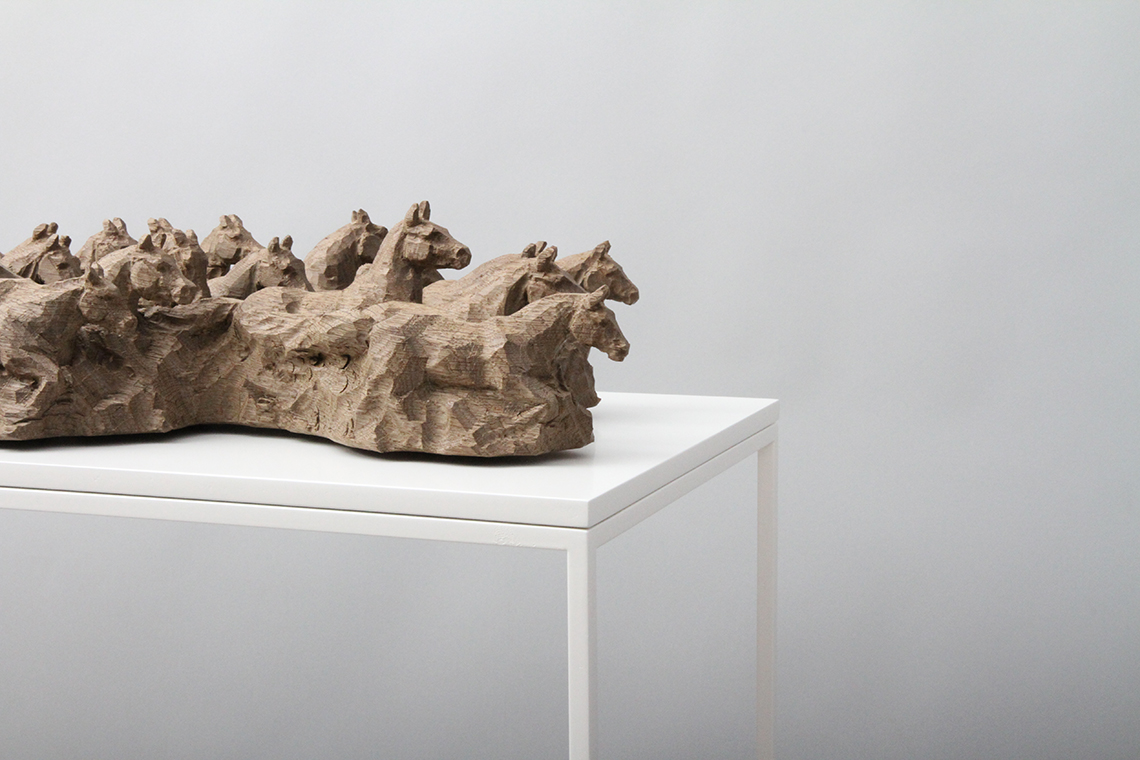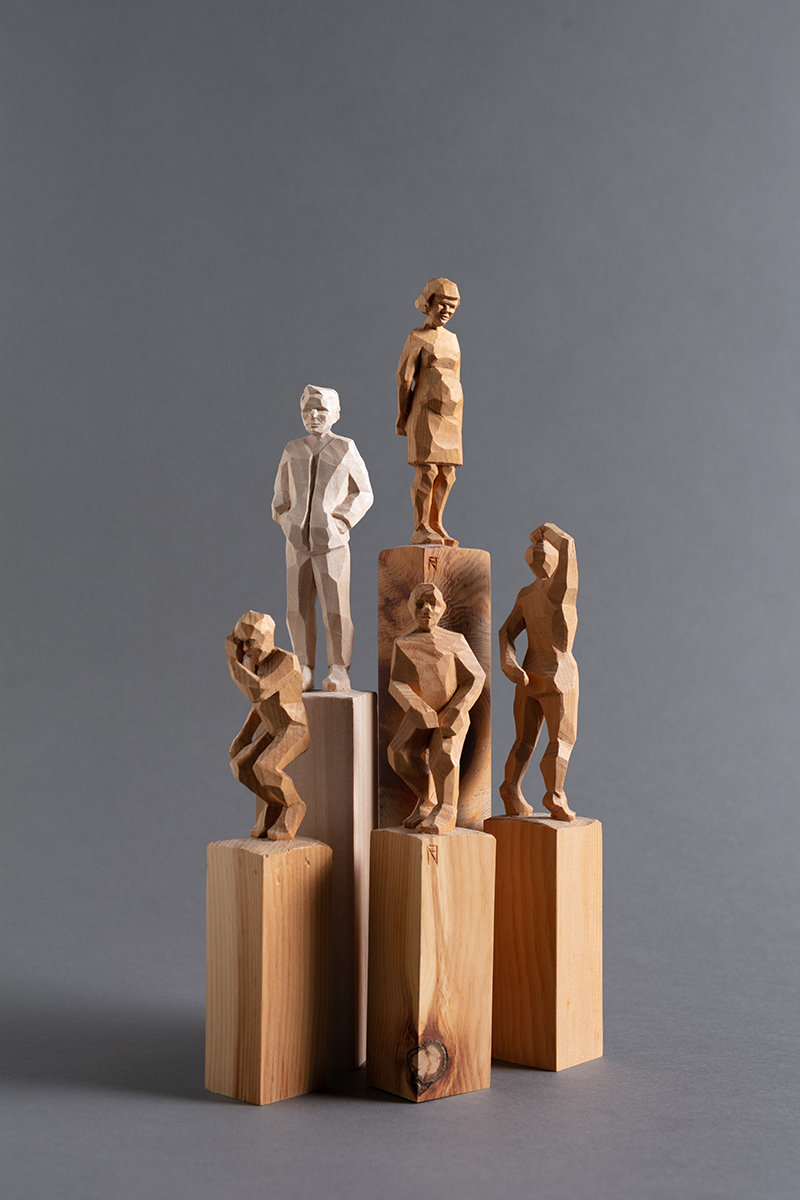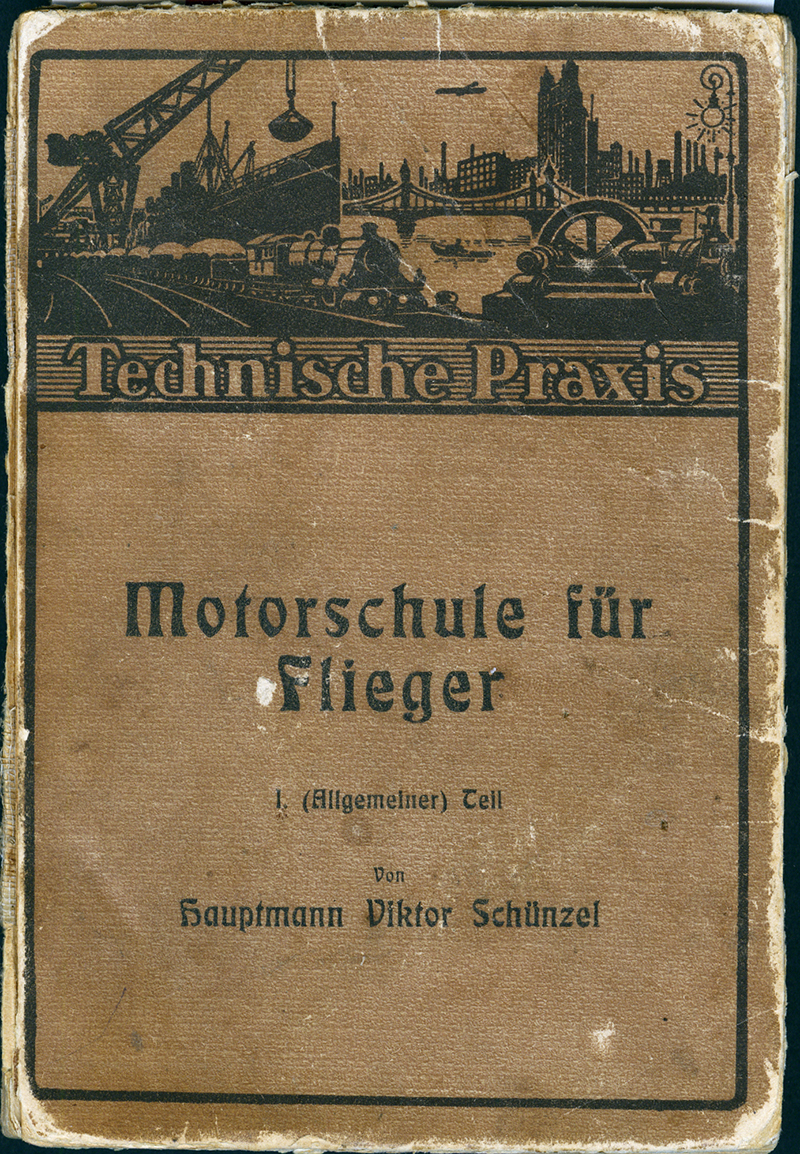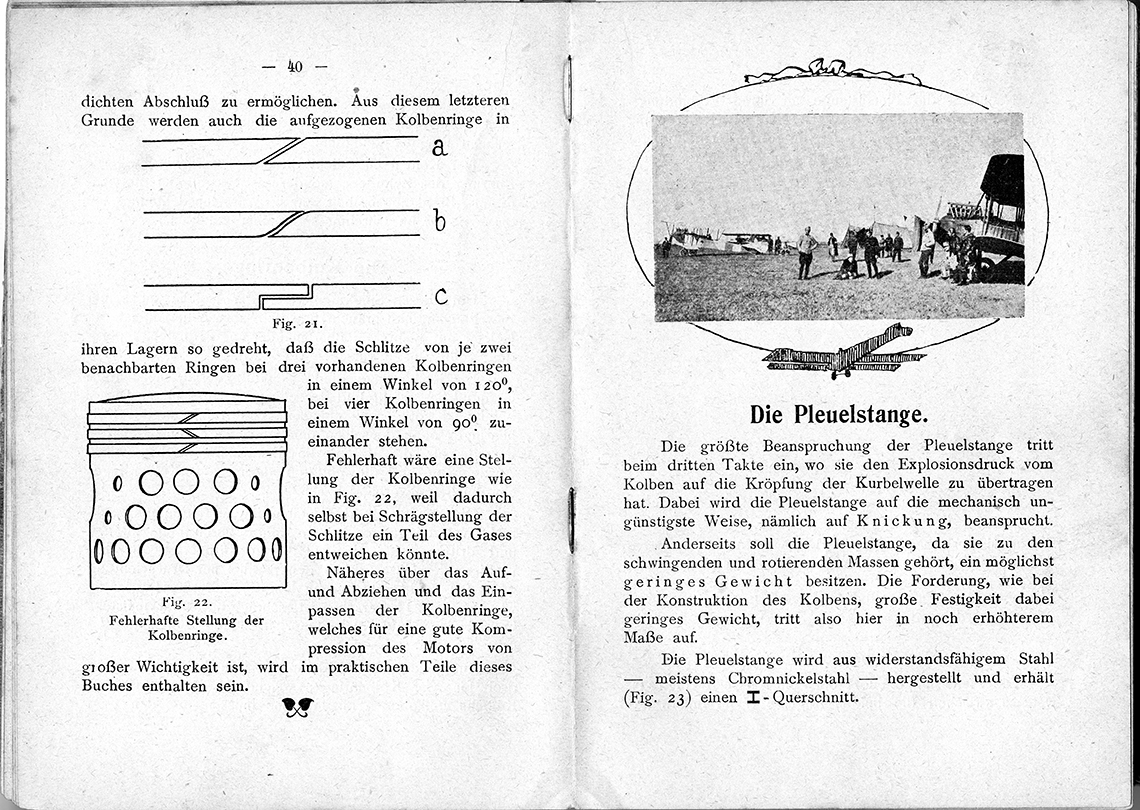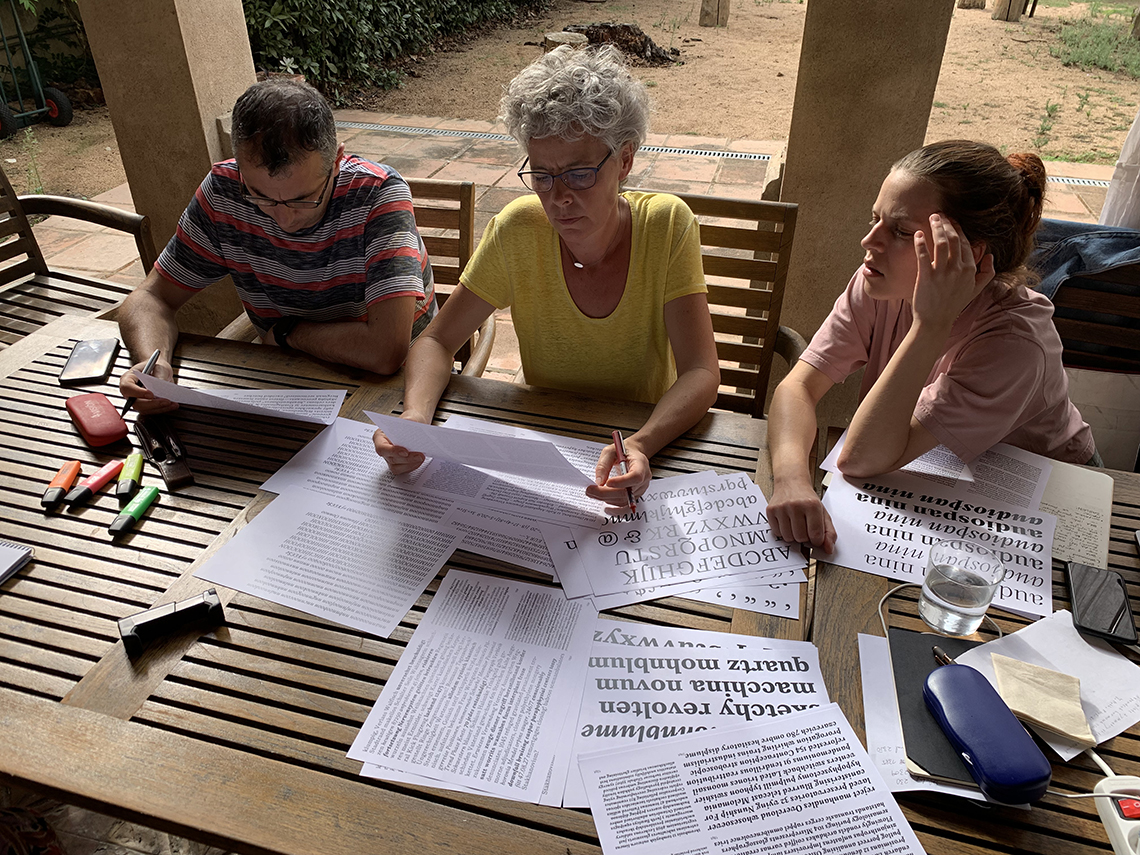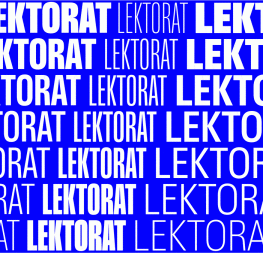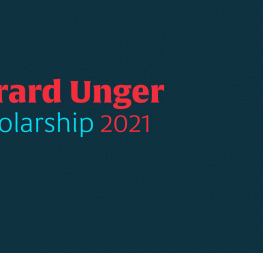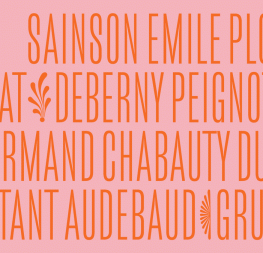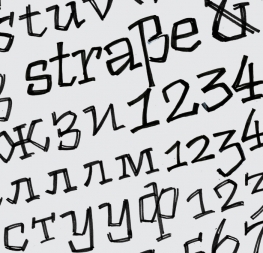Launching Aeroplan: interview with Nina Faulhaber
February 2023
Nina Faulhaber became the 2021 recipient of TypeTogether’s annual Gerard Unger Scholarship. Nina’s modern antiqua came to us under the name Flieger and was later renamed Aeroplan. In September 2022, Nina presented her Aeroplan work-in-progress for the first time at TypeTogether’s book launch-related type event in Barcelona, and TypeTogether has scheduled the release of the Aeroplan font family for late Spring 2023. Over the course of those two years, we have had the chance to follow Nina’s great work, and now it’s finally time to talk with her about typefaces, inspiration sources, and ideal use of her font.

